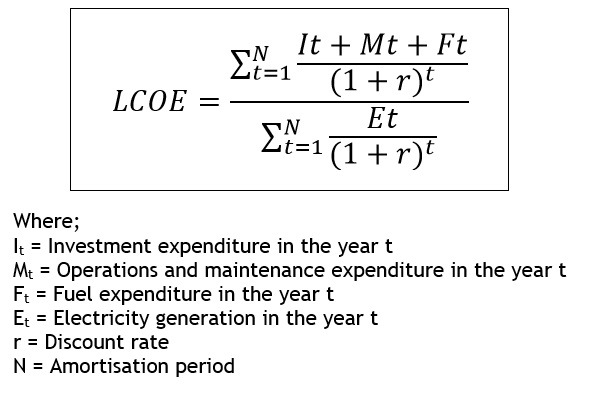Projects:2017s2-285 Short-term Solutions for the South Australian Electric Power System
Contents
Project team
Students:
Abdullah Alfuraiji
Jun Xiong
Supervisors:
Dr. Wen Soong
Dr. Nesimi Ertugrul
Introduction
South Australia is facing an electricity crisis since the blackout/outage on 28 September 2016. That incident brought some questions about the reliability of South Australia electricity grid and power generation. Several reasons indicate why South Australia is facing an electricity crisis and it is require a short term solution. First, the growth of natural gas price caused an increase in electricity price. Second, some of the fossil fuel power stations in South Australia are getting old, and these old power plants required substitute power plants. Third, South Australia has a renewable target of 50% by 2025. Moreover, South Australia well-known on its approach of renewable energy, particularly in wind farms. However, wind farms are not reliable enough to be a baseload or to be a dispatchable generator. Above all, the state need a back generator to meet the high demand in summertime. In addition, the state government announced a $550 million energy plan budget.
Aims
The aim of this research is to perform a technical and economic analysis for short-term solutions for the South Australian electric power system. Floating Powerships are a suggested solution, beside a mobile gas turbine TM2500. A short term solution is needed to meet the summer peak demand and works as a back-up generator in case of emergency. Levelised Cost of Energy (LCOE) will be used as an estimation tool to compare the cost between several types of power plants including floating Powerships and TM2500.
Background
Floating Powerships
Powerships is power plant on a floating power ship. It can be moved from one location to another. The Powerships can anchored at seaport then easily plugged to the electricity grid. Powerships are fast track solutions which can be deliver within three months. The expected cost for 250 MW is less then $360 million.
Power Truck TM2500
TM2500 is a power plant on wheels. It is movable and easy to plug to the grid. It can be delivered within three months. The cost for 276 MW (9 units) about $339 million.
Method
Levelised Cost of Electricity (LCOE) is the cost of energy by the source where it is given per Kilowatt or Megawatt. It includes the initial capacity of the plant, capital cost, discount rate, tax rate, operation cost, fuel cost, and maintenance cost and other costs. . LCOE is an estimation tool that can calculate the lifetime cost of the electricity production before the plant is built.
Related work
LCOE for power generations in South Australia and Australia in 2017 conducted by AEMO
| Technology | Min. LCOE ($/MWh) | Assumed Max. capacity % |
| Wind | 85 | 42 |
| Solar PV (SAT) | 90 | 28 |
| Solar PV (FFP) | 96 | 22 |
| Solar PV (DAT) | 98 | 32 |
| Solar thermal CR with storage | 52 | 137 |
| Natural gas (OCGT) | 218 | 10 |
| Natura gas (CCGT) | 83 | 83 |
| Natural gas (CCGT) CCS | 118 | 83 |
| Black coal | 81 | 83 |
| Brown coal | 91 | 83 |
| Black coal CCS | 185 | 83 |
| Brown coal CCS | 198 | 83 |
| Biomass | 70 | 120 |
Results
LCOE for fossil fuel
LCOE for renewable energy and storage technology
LCOE for traditional gas-fired power stations, Powerships and TM2500
Conclusion
TM2500 seems to be an appropriate solution for several reasons. First, it is a short term solution, and it can be a part of long term solution. Second, the 9 units would be owned by the state. Third, LCOE for TM2500 is slightly higher than OCGT. On the other hand, floating Powerships are extremely costly. In addition, the cost for renting Powerships for 5 years is equal to the cost of purchasing 9 units of TM2500.



